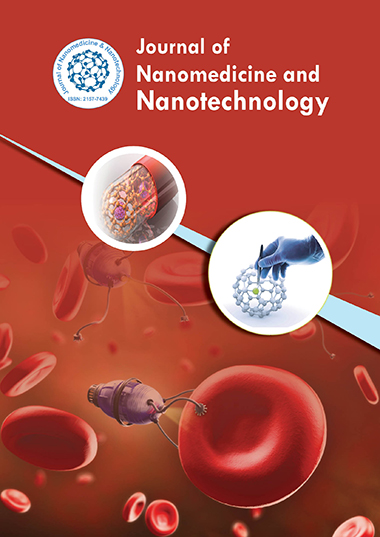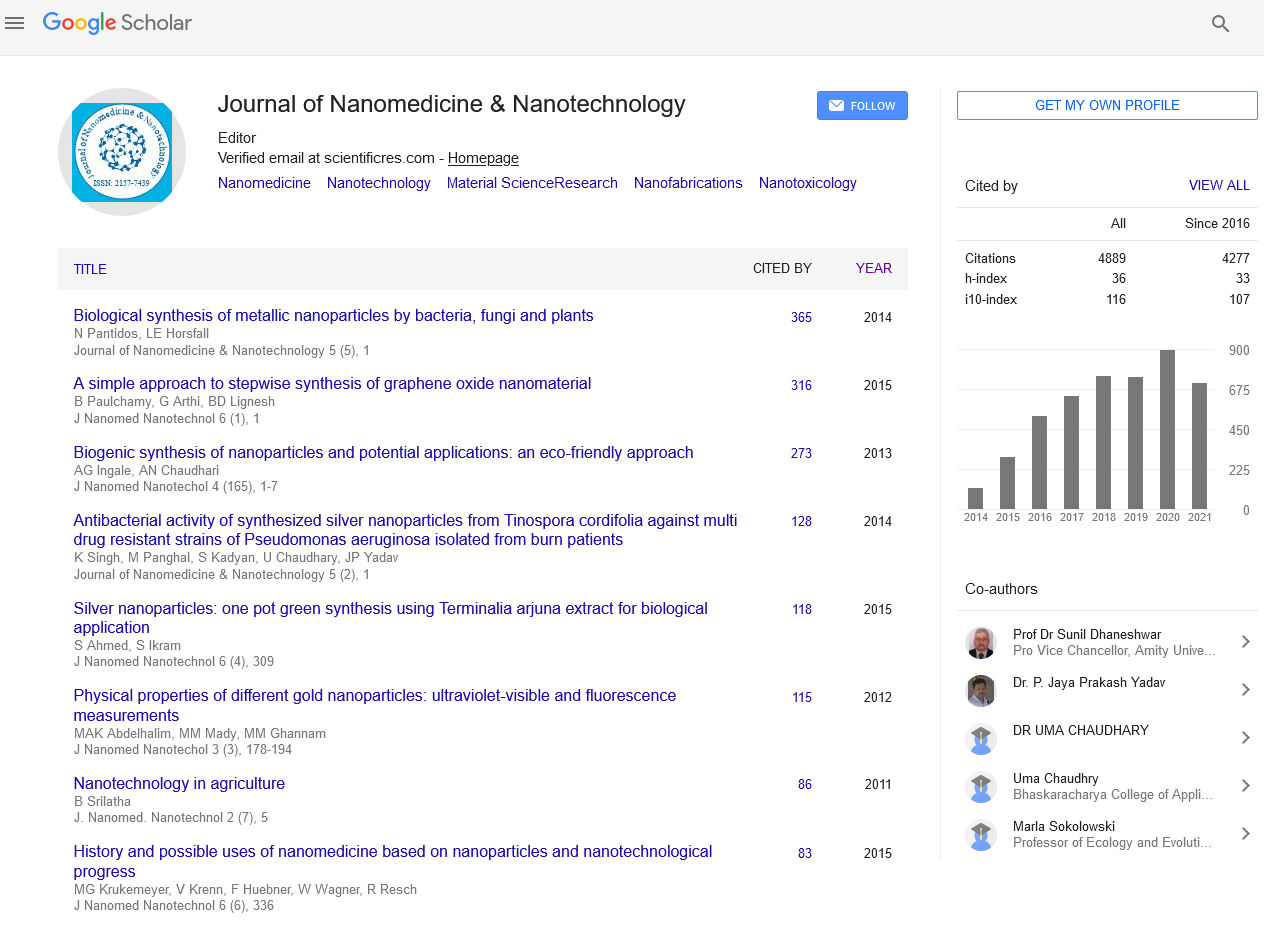Indexed In
- Open J Gate
- Genamics JournalSeek
- Academic Keys
- JournalTOCs
- ResearchBible
- China National Knowledge Infrastructure (CNKI)
- Scimago
- Ulrich's Periodicals Directory
- Electronic Journals Library
- RefSeek
- Hamdard University
- EBSCO A-Z
- OCLC- WorldCat
- SWB online catalog
- Virtual Library of Biology (vifabio)
- Publons
- MIAR
- Scientific Indexing Services (SIS)
- Euro Pub
- Google Scholar
Useful Links
Share This Page
Journal Flyer

Open Access Journals
- Agri and Aquaculture
- Biochemistry
- Bioinformatics & Systems Biology
- Business & Management
- Chemistry
- Clinical Sciences
- Engineering
- Food & Nutrition
- General Science
- Genetics & Molecular Biology
- Immunology & Microbiology
- Medical Sciences
- Neuroscience & Psychology
- Nursing & Health Care
- Pharmaceutical Sciences
Biosensor integrated with microfluidics on metamaterials
20th Asia-Pacific Nanotechnology Congress
July 23-24, 2018 Sydney, Australia
Zhaoxin Geng
Chinese Academy of Sciences, China
Posters & Accepted Abstracts: J Nanomed Nanotechnol
Abstract:
To reduce dielectric losses, increase the Q and enhance the sharp curves and plasmonic ???hot spot???, the feasible methods were used to fabricate the nano and micro-scale metamaterials, which has important potential application in biosensor. Fano resonances have been applied in bio-sensing in the region from visible light to Terahertz (THz) optics whose frequency is in accordance with vibrational frequencies of some important biomolecules (proteins, RNA and DNA) in the 0.1-5 THz range. Due to strong water absorption at THz frequencies, THz sensors have typically been limited to dry or partially hydrated specimens. However, the biomolecules often are dissolved in liquid sample. When the ???metamaterials??? sensing elements meet with the microfluidics, the new research field would appear and the novel biosensing approaches offers powerful tools to explore biomolecules, to overcome the strong water absorption at Terahertz (THz) frequencies. The microfluidics are introduced in bio-sensing at THz regime. Recently, the demand of THz biosensor used for ultra-small amount of bio-fluid samples has been gradually increased for different applications. Therefore, the novel ???metamaterials??? biosensor integrated with microfluidics was introduced in this presentation. The detailed information about the fabrication processes and sensing detection protocol under microfluidics were also presented. The substrates of the metamaterials consisted of silicon (solid substrate), PET, PI film and parylene-C (flexible substrate). The metamaterials integrated with microfluidics were also used to detect the biomarkers of the liver cancer.
Biography :
E-mail: zxgeng@semi.ac.cn


